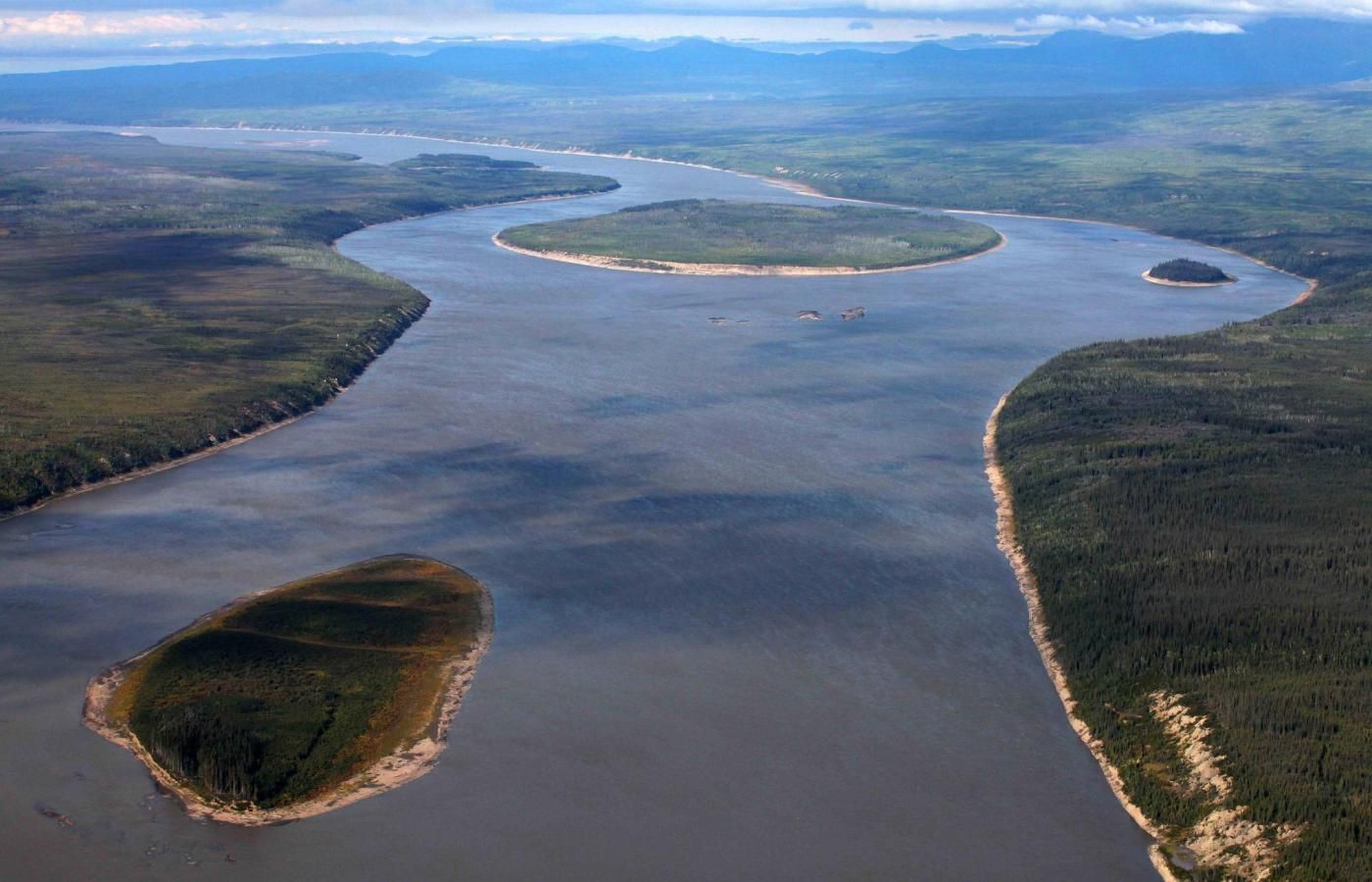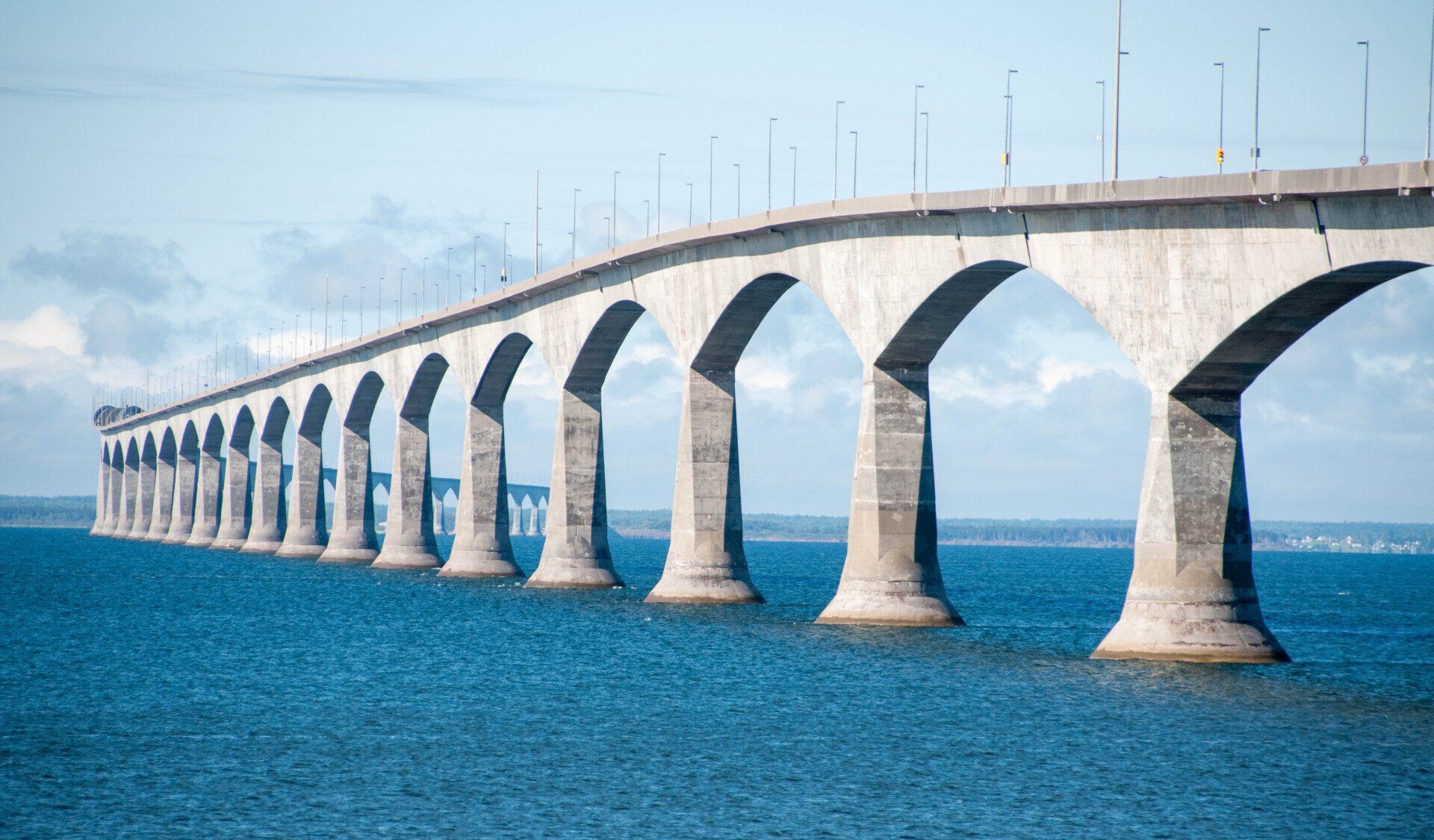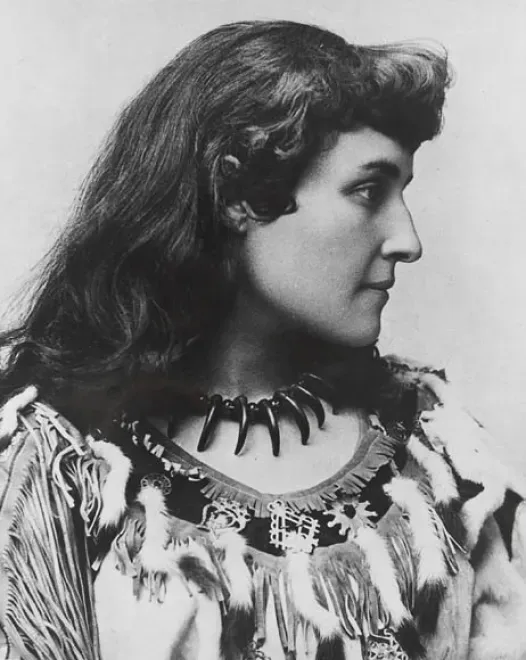How the Mackenzie River Contributes to Canada and its Citizens
The Mackenzie River, Canada's longest river system, spans an impressive 1,738 kilometers and has historically served as a vital waterway for the nation. Originating from the western end of the Great Slave Lake and flowing into the Arctic Ocean, this river system, inclusive of its tributaries, touches five provinces and territories. With a rich history that includes being a potential path for prehistoric human migration, a route for European explorers, and a hub for fur trading, the Mackenzie River remains an emblem of Canada's natural beauty and historical significance.

How the Mackenzie River Contributes to Canada and its Citizens:
The Mackenzie River is Canada’s longest river system, spanning 1,738 kilometers (1,080 miles). Through the years it has served the citizens of Canada as a major water way that forms, along with Slave River, Peace River, and Finley River, the longest river system in Canada. Its tributaries flow into five provinces and territories, including British Columbia, Alberta, Saskatchewan, Yukon and Northwest Territories. The total length, including the tributaries is 4,241 kilometers (2,635 miles).
This Canadian river begins at the western end of Great Slave Lake, about 150 km south-west of Yellowknife, Northwest Territories, and flows north-northwest into the Arctic Ocean. It becomes the largest river flowing into the Arctic in all of North America. The Continental Divide separates the Mackenzie watershed from that of the Yukon River, which flows to the Bering Strait, and the Fraser and Columbia River systems which flow into the Pacific Ocean.
History of the Mackenzie River:
It is believed that the Mackenzie valley may have been the path that was taken by prehistoric peoples during the human migration from Asia to North America. Various Indigenous peoples have lived along the river for thousands of years.
In the late 1700’s,, Scottish explorer Alexander Mackenzie traveled the river with the hope that it would lead to the Pacific Ocean. He was disappointed to discover that his challenging journey lead him to the Arctic Ocean.
Through the years, Canadian citizens have borne witness to the changing development occurring along this majestic river. Initially it was a major route for European explorers as they traveled into Canada’s northern interior. In the 1800’s,, the river was used to transport a lucrative fur trading industry. The Hudson Bay Company established its district headquarters along the banks of the Mackenzie. The Roman Catholic Oblate, Henry Grollier, traveled down the river, establishing missions at Fort Simpson, Tulita and Fort Good Hope.
The community of Yellowknife became established when gold was discovered along the northern shores of Great Slave Lake. Sternwheelers transported the many prospectors who heeded the call of the Klondike Gold Rush in the early 1900’s.
The 1920’s ushered in further industrialization when oil was discovered at Norman Wells. Oil was originally shipped by steamboat to the mines and towns across the Northwest Territories. Other minerals such as uranium, gold, lead and zinc were also discovered which lead to productive mines being developed and increased industry. Many Canadian citizens were drawn to the Mackenzie basin for employment.
Fish, Birds and Water Mammals:
Fifty-four species of fish are found in the Mackenzie River and its tributaries. Some species move from the sea to freshwater to spawn travel great distances. Many migratory birds spend the summer months in the Mackenzie Delta before moving on to warmer climates. Some 215 bird species have been recorded. The Mackenzie Delta is a calving area for beluga whales. Other water mammals, such as beavers and muskrats reside along the banks of the river.
The Mackenzie River Today:
The Mackenzie River today continues to be a major transportation link for Canadian citizens as it winds its way through the vast wilderness of northern Canada. Sea planes land on the wide, calm sections of the river, servicing the many isolated communities. Barge traffic navigates the Mackenzie in long trains of up to fifteen shallow-draft vessels pulled by tugboats. During winter freeze-up, the frozen channel of the Mackenzie is used as an ice road. The river becomes firm enough to support large trucks as they bring supplies to our northern Canadian citizens and other residents.
Conclusion:
The Mackenzie River has played a major role in the development of Canada’s history, and as Canada’s longest river system, it continues to support the growth and progress of our great country and its citizens.
Joy Dirks
October, 2023
**Official Canadian citizenship was not established until 1947. References made to Canadian citizens prior to 1947 is intended to imply that these individuals were “residents” of Canada and as British subjects were “citizens” of Canada in an informal sense.



